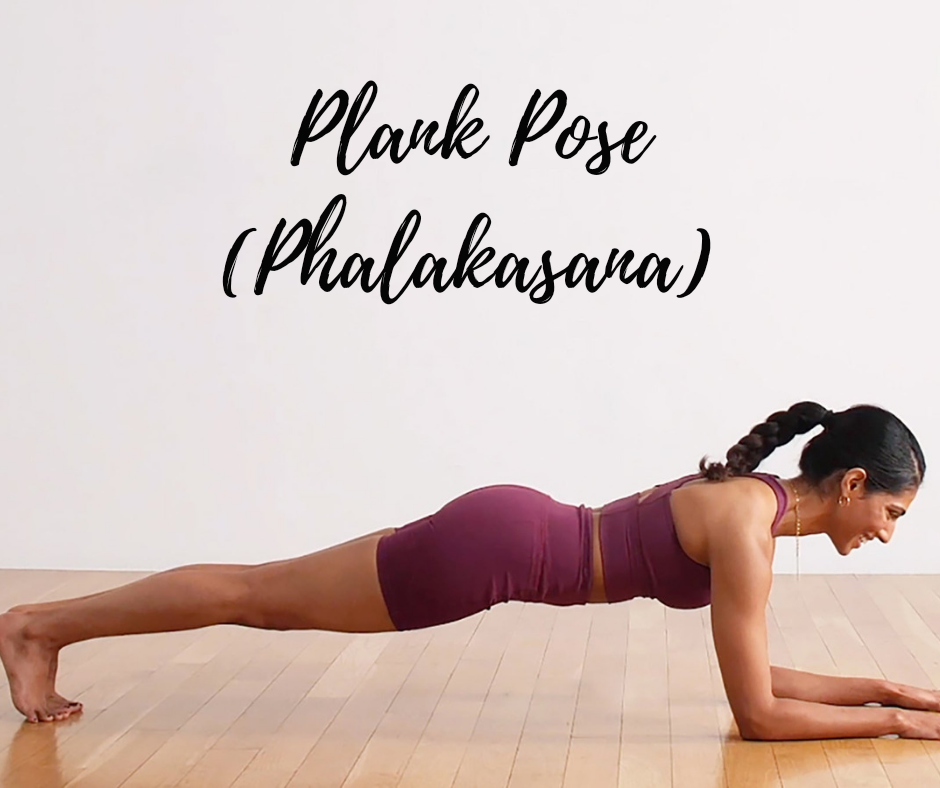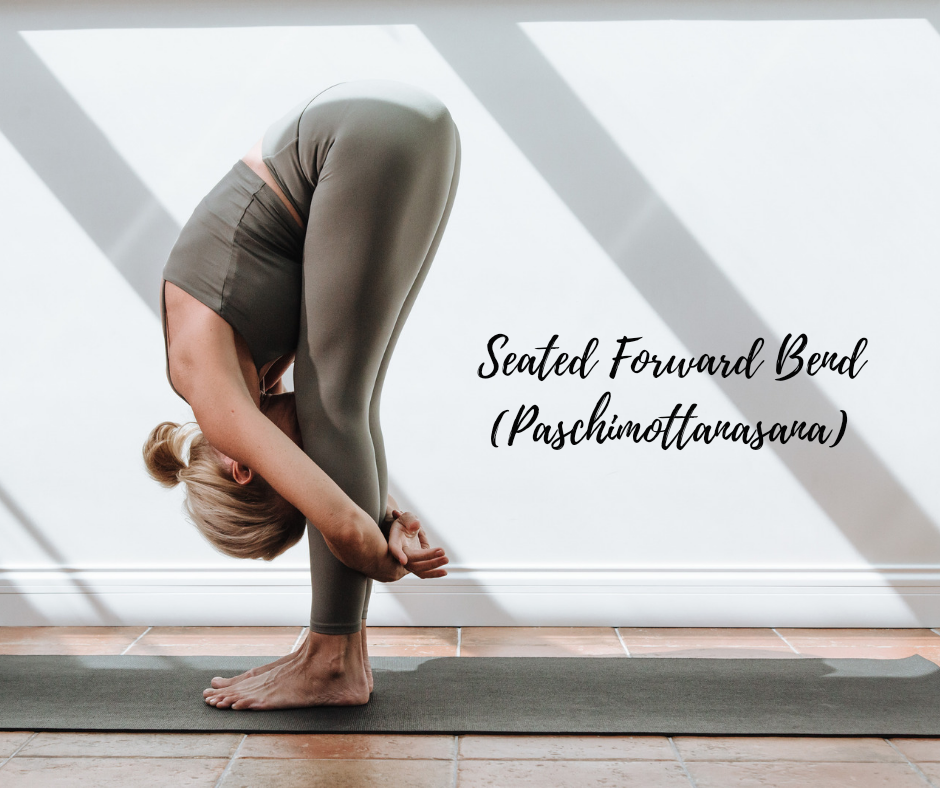Yoga Poses for Effective Weight Loss
In a world filled with various diet plans, exercise routines, and weight loss strategies, yoga stands out as a holistic approach to achieving weight loss and overall well-being. Yoga offers a sustainable and balanced path to shedding those extra pounds while nurturing your mind and body.
Yoga is a holistic practice that not only enhances flexibility and mental well-being but can also be a powerful tool for weight loss when incorporated into a balanced fitness routine. While it's important to remember that yoga alone may not lead to dramatic weight loss, it can support your overall goals by improving metabolism, promoting mindful eating, and toning muscles.
Here are Yoga poses that can aid in your weight loss journey.
1.Sun Salutations (Surya Namaskar):
Sun Salutations are a sequence of 12 yoga poses that engage multiple muscle groups and increase heart rate. They are a great way to kickstart your yoga practice and boost your metabolism.
2.Warrior Poses (Virabhadrasana I, II, III):
These poses work on the legs, arms, and core while improving balance and stamina. They help in toning muscles and burning calories.
3.Plank Pose (Phalakasana):
The Plank Pose is excellent for strengthening the core, arms, and back muscles. Holding this pose engages your entire body and helps with calorie burning.4.Boat Pose (Navasana):
Boat Pose targets the abdominal muscles, helping to trim your waistline. It also improves digestion, which is crucial for weight management.
5.Downward Dog (Adho Mukha Svanasana):
Downward Dog is a full-body stretch that engages your core, arms, and legs. It can improve blood circulation and metabolism.
6.Bridge Pose (Setu Bandha Sarvangasana):
This pose strengthens the back, buttocks, and thighs. It can stimulate the thyroid gland, potentially boosting metabolism.
7.Camel Pose (Ustrasana):
Camel Pose stretches the entire front of the body, including the abdomen, chest, and thighs. Regular practice can help reduce fat in these areas.
8.Seated Forward Bend (Paschimottanasana):
Paschimottanasana stretches the hamstrings and lower back. It can be particularly useful for those looking to reduce fat around the waist and thighs.
9.Chair Pose (Utkatasana):
Chair Pose works the muscles in your legs and core. It's excellent for building endurance and burning calories.
Child's Pose (Balasana):
While this pose doesn't burn many calories, it's a valuable relaxation and stress-reduction pose. Reducing stress can prevent emotional eating and support your weight loss goals.
Embrace yoga as a holistic approach to wellness, and the weight loss will follow naturally, along with a deeper sense of harmony within yourself.
Conclusion:
Incorporating these yoga poses into your fitness routine can be a valuable addition to your weight loss journey. Remember that consistency is key, and combining yoga with a balanced diet and regular cardiovascular exercise will yield the best results. Consult a yoga instructor to ensure you're performing these poses correctly and tailor them to your specific needs.
Always listen to your body, and if you have any medical conditions or concerns, consult a healthcare professional before starting any new exercise routine.











Comments
Post a Comment